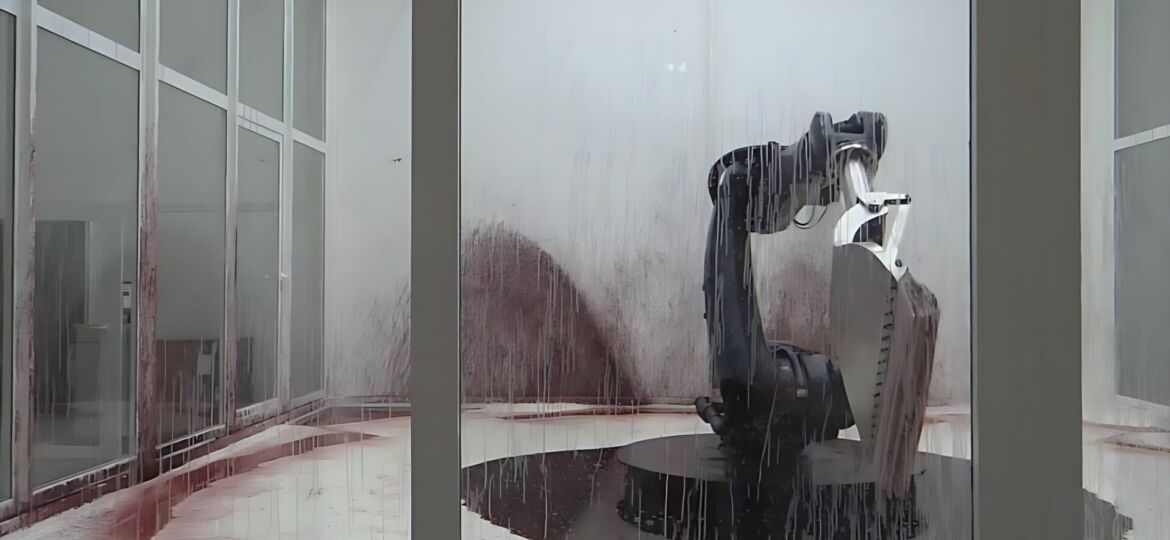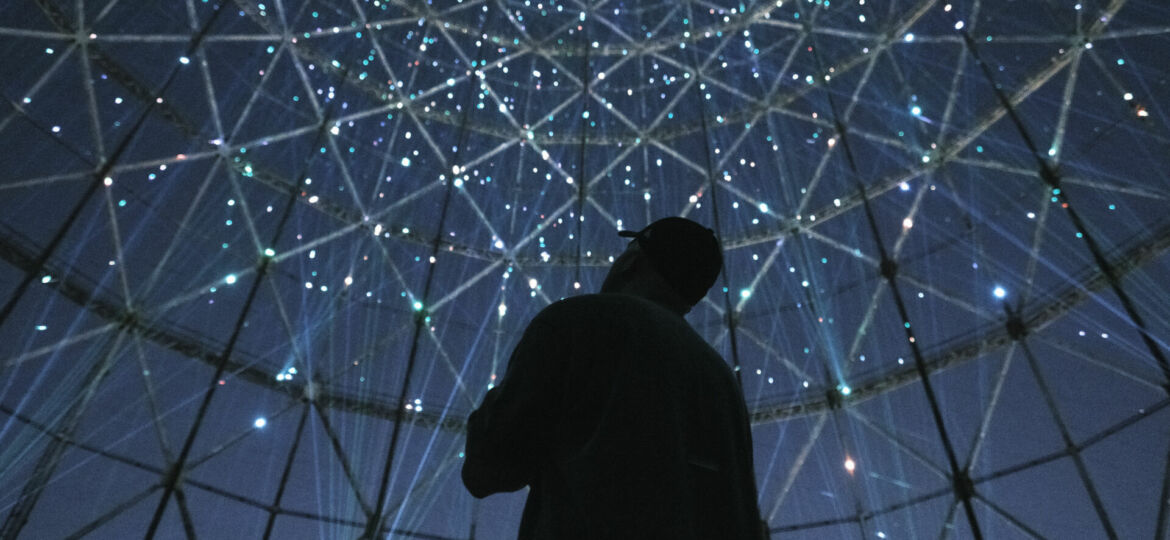We live in strange times when it comes to social reactions. Once upon a time, adverse political events spurred protests and public demonstrations, but today, dissent and political disillusionment often find expression through other means.
An artificial intelligence model has displayed the first glimpses of “human-like emotional responses.” But hold on, there’s no need to panic. We’re not talking about a situation that leads to dystopias, global extinctions, or tech-savvy slave dictatorships: the first emotional reaction exhibited by a machine learning prototype is boredom.
Anybody who has been in the Dolomite mountains in recent years will have noticed the large number of dead trees in the midst of forests that were once vast stretches of uninterrupted green. The death of all these trees has been caused by the auger beetle, an insect that burrows under the bark of spruce trees, blocking vital sap flow and causing tree death in a short time.
Numerical art, often called digital art, includes all forms of art created or presented using digital technology. This term comprises a vast range of artistic methods, that use computer instruments and technologies for their creation, transformation and fruition.
In July thousands of spectators were enchanted by their site-specific work, Nebula, presented inside the Gazometro in Rome. It was created for Videocittà, the video-art festival, in collaboration with the maestro of electronic music, Giorgio Moroder. The Quiet Ensemble is a duo of Italian creative artists specialised in digital art and among the most active creators of immersive installations in Europe. The duo is composed of Fabio di Salvo and Bernardo Vercelli; they have taken part in some of the most important international festivals such as Noor Riyadh, Sonar, and Signal, and their work is focussed on exploring the increasingly more complex and multilayered relationship between man and nature.






